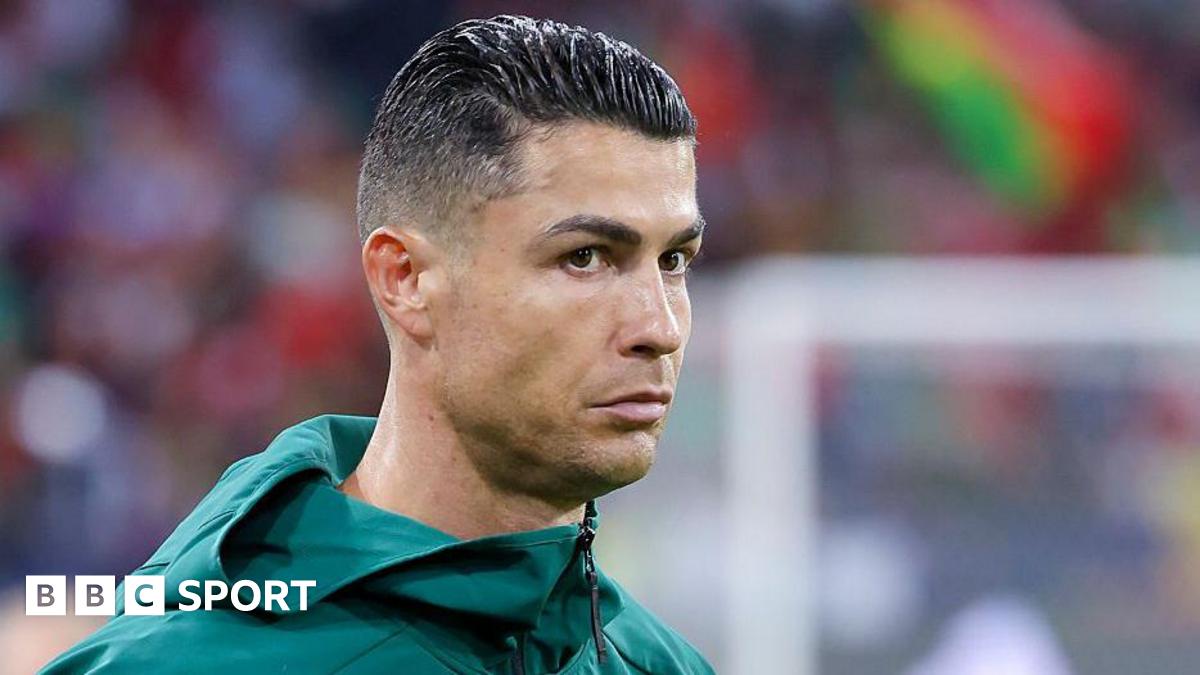Greg Byrne has been around college athletics long enough to know that change is inevitable. But nothing prepared Alabama's athletic director for what landed on his desk Friday night: the start of an entirely new system-one that now puts athletic departments on the hook for directly paying players.
The moment came when federal judge Claudia Wilken signed off on the House v. NCAA settlement, greenlighting a decade-long revenue-sharing model. That means schools like Alabama can now pay athletes up to $20.5 million annually from institutional earnings like TV contracts and ticket sales. NIL money? Still a thing. But this is school-funded, school-controlled cash.
Ready to shine! Shedeur Sanders and Cam Ward new competition for be the best rookie quarterback
And Byrne's job just got a whole lot harder.
He now has to figure out how to divide those millions across 21 varsity teams. Football may bring in the bulk of the revenue-$26.4 million in profit last year-but Alabama isn't just a football school. It's also home to national champions in softball, gymnastics, women's golf, and men's golf. Men's basketball made a Final Four run in 2024. Every coach believes their athletes deserve a share, and Byrne doesn't disagree.
More Than Just Football: Alabama's Identity Is on the Line
The challenge is balance. Alabama reported a $28 million athletic department deficit in 2024, driven in part by Nick Saban's retirement costs. Now, another $20.5 million per year is on the books-and growing. As Byrne put it to ESPN: "You are going to have to be strategic."
That might mean allocating 75% of revenue-share funds to football, 15% to men's basketball, and scraping together the rest for everything else. Is it fair? Maybe. Is it sustainable? That's the question.
Other schools like Stanford, Ohio State, and Boston College-all with massive rosters of varsity programs-are watching closely. If Alabama, with all its resources, has to tighten belts, what does that mean for everyone else?
Byrne isn't panicking. But he's realistic. "Every coach is going to want revenue share for their athletes," he said. "And I don't blame them."
The model of "football funds the rest" may still hold-but only barely. College sports just entered a new financial era, and even Alabama is feeling the pressure.





 English (US) ·
English (US) ·